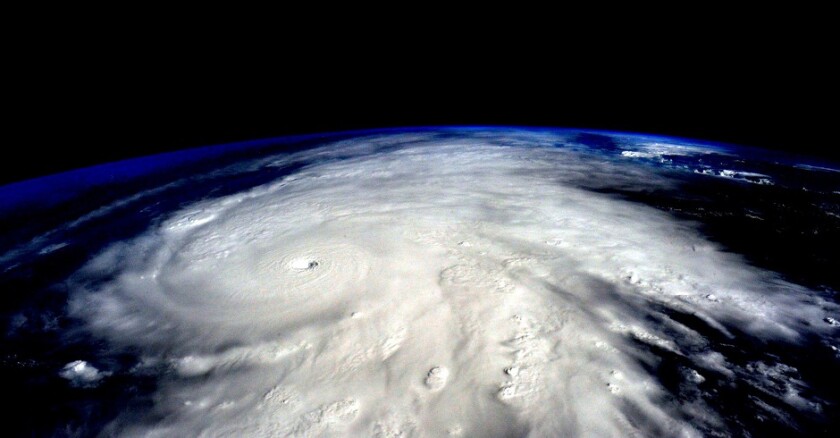As if weather related events that compromise our safety and security aren’t enough, the critical events driven by man-made actions have been a turning point for our nation. The US Justice Department reports 19 mass shootings so far this year. And record-breaking wildfire damages across 2017 and 2018, initiated mostly by humans, was particularly taxing for the fire fighters on the scene.
If there is a bright light in the chaos, it’s that many of our public safety organizations are doubling down on proactive strategies to improve the way they respond and having enough of the right personnel available 24x7 with an ability to act quickly is a top priority.
YESTERDAY’S DISASTERS, TODAY’S SOLUTION
Without question Public Safety’s ability to provide a comprehensive crisis response entails many considerations, but there are a few technological advances that are driving significant results.Rapid deployment of the right first responders - Natural and man-made disasters are not one size fits all events, so public safety personnel typically have very specific skills and certifications suited to respond to the situation. However, one of the keys to a comprehensive response strategy is having staffing and notification systems that can quickly match employee certifications to the requirements. In a study conducted by the Praetorian Group, roughly half of all public safety organizations have thrown away their calling trees and have replaced staffing and notification practices with intelligent automation. Intelligent staffing matches work schedules, work rules and skills and ensures the most appropriate first responders arrive on the scene.
Mobile Support – We’re a nation of mobile devices, so there are good reasons why the data and pictures served up in real-time from a crisis are particularly helpful. According to the latest study by Pew Research Center, 96% of Americans own at least one mobile device, and mobile devices are proving to be a critical tool citizens use to quickly relay important details to the first responders arriving to, or already on, the scene. Mobile devices also serve as a means for automated assignments and notifications, because they can rapidly communicate critical details through texts, emails and phone calls in a medium that is familiar and highly available to the first responders who carry them.
Fatigue Monitoring – The tendency for those who work in public safety to sacrifice sleep and rest as part of a sense of duty is inherent in the culture and belief system. Answering the call to save a life, fight a fire or catch a criminal musters up extraordinary physiological and psychological efforts. Often seen as a badge of honor, these efforts take a toll on responder health and safety. A 2014 study involving 277 officers showed that a full 69 percent had committed a fatigue-related error while working. Under routine circumstances, fatigue is hardly the exception, but the work hours placed upon first responders serving a crisis or disaster can be crippling. To provide the highest quality of service while maintaining safe working conditions for responders, proactive public safety leaders are understanding the effects of sleep deprivation and fatigue, and they are taking steps to better manage it through technology platforms that drive effective policies and practices while honoring labor laws and union restrictions. These platforms also deliver optimal work schedules that promote responder health.








